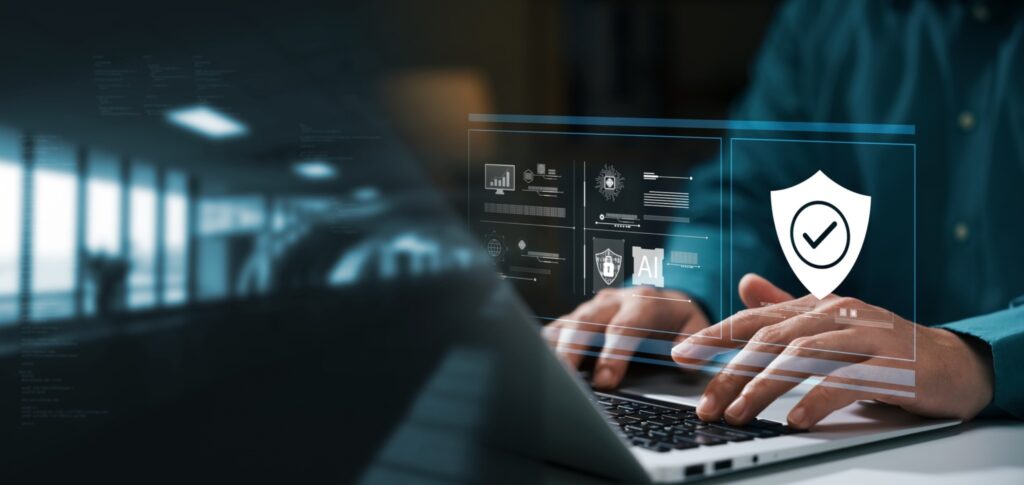In an increasingly complex world, campus security has emerged as a paramount concern. Access control solutions, once the domain of high-security government and corporate facilities have now become an essential part of enhancing campus security. This article aims to explore how we can leverage these sophisticated tools to protect our educational institutions.
Contents
Understanding Access Control Solutions
At the most basic level, access control solutions are systems designed to manage and control who can access a given area. By controlling who goes in and out, these solutions significantly reduce the potential for unauthorized activities, thereby enhancing security.
Types of Access Control Solutions for Campuses
From traditional keypads to cutting-edge biometric systems, access control technologies come in all shapes and sizes. While keypads and card/fob systems are widely used due to their simplicity and affordability, biometric systems offer a higher level of security by using unique biological characteristics such as fingerprints or facial recognition. Each system has its pros and cons, and the choice often depends on the specific requirements and budget of the campus.
The Role of Access Control Solutions in Campus Security
Access control solutions act as a formidable frontline defense on campuses. By managing who can enter specific areas and at what times, these solutions can effectively deter potential criminals. Universities such as Johns Hopkins have reportedly seen reductions in campus crime after implementing robust access control systems.
Evaluating the Need for Access Control Solutions in Campus Security
Several factors come into play when deciding on an access control system. The size of the campus, the number of students and staff, and the location all contribute to this decision. Expert consultation is crucial in this phase to choose the most effective and cost-efficient solution.
Implementation of Access Control Solutions
Once the right system is selected, the process of implementation begins. This may involve physical installations, software configuration, and the integration of the new system with existing security measures. It’s a detailed process that requires careful planning and execution to ensure minimal disruption to daily campus activities.
Maintenance and Upgrades
Like any other security system, regular maintenance and upgrades are critical for access control solutions. As technology evolves, so do the methods used by those with ill intentions. Staying ahead means regularly reviewing, updating, and potentially upgrading the system to counter new threats effectively.
The Future of Access Control Solutions on Campus
Access control systems are continually evolving, with new technologies like artificial intelligence and machine learning promising even more secure and efficient solutions. As we move forward, we can expect to see access control becoming an even more integral part of campus security.
Case Study
The University of Michigan provides a fantastic example of access control solutions in action. Faced with a large campus and a rising number of security incidents, the university implemented a comprehensive access control system. The result? A significant reduction in unauthorized access incidents and a more secure environment for students and staff alike.
Security Today for a Safer Tomorrow
To wrap it all up, access control solutions offer an effective method to enhance campus security significantly. They allow us to manage and control who enters and leaves our campuses, providing a safer learning environment. By understanding these systems, their implementation, and their ongoing management, we can make our campuses safer today and well into the future. Campus security isn’t just about responding to incidents—it’s about preventing them. And that’s where access control solutions shine.
There we have it—a detailed look at how access control solutions are enhancing campus security. As these technologies continue to evolve, it’s an exciting time to be involved in the field of campus security.

